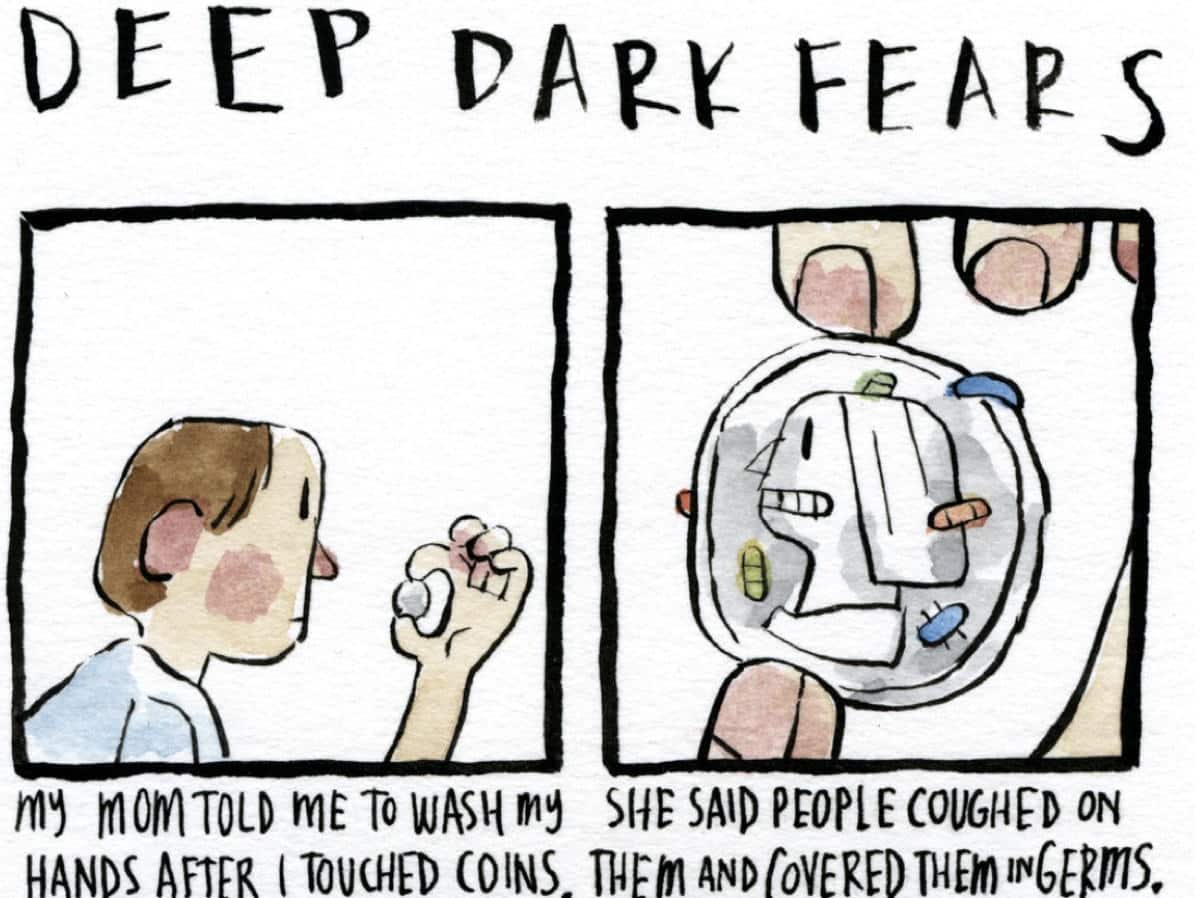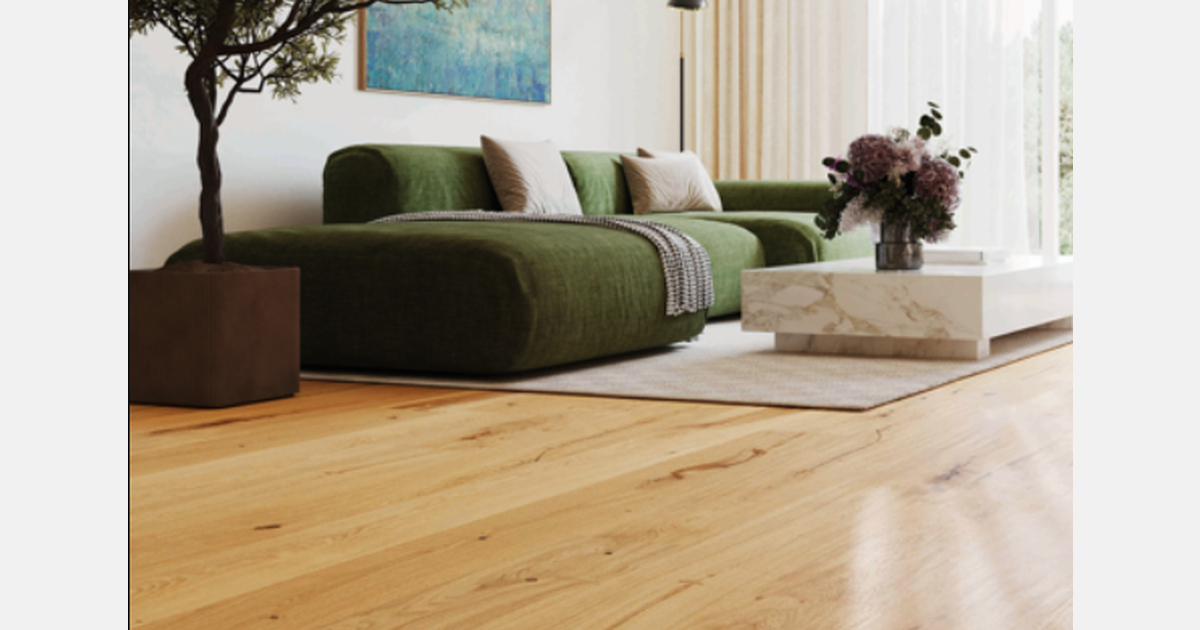Welcome to Family Handyman’s Guide to Gorgeous Floors, where you can find all the essential tips and tricks for achieving the floors of your dreams and keeping them looking good as new for years to come.
Lately, flooring trends are being driven not just by aesthetics, but also by practical concerns such as durability and a desire to make eco-conscious choices. Of course, choosing the right flooring also makes the difference between your home looking modern or outdated.
“Floors have an underrated influence on the overall look and feel of a home,” says Ron Shimek of Mr. Handyman. “While bold patterns or statement finishes may cycle in and out more quickly, core flooring options such as hardwood and stone tend to endure.”
Here’s more about what’s trending with floors, according to the experts.
New Flooring Trends

Eco-Friendly Materials
Many homeowners are turning toward sustainable, environmentally friendly flooring options like reclaimed wood, cork and bamboo. “Bamboo and cork are ecological, elegant and provide natural comfort,” says interior designer Prashant Sharma. “But they dent more readily, and therefore are not suitable for heavy furniture areas.”
Wide Planks and Tiles
Wide-plank wood and engineered wood designs are definitely en vogue, along with oversized tiles, especially in modern homes with high ceilings and open concepts. “This is because they help create the illusion of larger, more open spaces, plus bring a sleek, modern feel compared to skinny planks, which can make a room feel busier,” says Shimek.
Warm Wood Tones
Cool, gray floors are giving way to warmer shades like honey oak, walnut and chestnut. “This is part of the return to biophilic design, which incorporates more elements of nature to make a space feel more restorative and inviting,” says Shimek.
Textured Stone-Look Tiles
Porcelain tiles that resemble slate or limestone are another emerging flooring trend. “They are wear-and-tear resistant and low-maintenance, but less favorable when you want something to warm your feet,” says Sharma.
Custom Garage Floors
Aaron Cash of Garage Living says homeowners are looking beyond gray garage floors, instead seeking custom blends, decorative flakes and finishes that match their cabinets, cars or even the interior of their homes. “A garage is no longer an afterthought; it’s part of the home’s living space,” he says. Polyspartic coatings, also trending in the world of garages, hold up well in places with temperature extremes.
Flooring Trends to Leave Behind

Cool Gray Tones
Shimek says the “millennial gray” trend is quickly fading, being replaced by warmer design choices. Cool gray floors can make a space feel flat and cold, while warmer, brown floors are more welcoming and vibrant.
Skinny Planks
Thin wood planks are giving way to wider planks, which better suit modern, spacious home designs. “Skinny planks tend to make a room feel crowded or busy,” says Shimek.
Some Synthetics
Shimek says laminate and vinyl are budget-friendly options, but their appeal is waning due to their shorter lifespans, environmental impacts and sometimes low-quality looks.
High-Gloss Floors
They’re just too much maintenance. “They are too easily scratched and show dust,” says Sharma. “Households now desire finishes that conceal everyday wear.”
Wall-to-Wall Carpeting
And we’re not just talking about ’70s shag. “Wall-to-wall carpeting used to be very popular due to its coziness, but it is now regarded as unhygienic and harder to clean,” says Sharma.
Epoxy Garage Floors
“They had their moment, especially with big-box store kits,” says Cash. But, they can peel, chip and stain over time. “Most of the work we do at Garage Living involves replacing failing epoxy with Polyaspartic,” he says. Also, skip the paint. It won’t last well and becomes a mess to remove.
FAQ
What type of flooring is the most timeless?
Hardwood is always a sure bet. “It is classic and durable, and adds significant resale value to a home,” says Shimek. But, natural stone, like marble, slate, granite or sandstone, is good runner-up for both indoor and outdoor spaces. “It has been used in homes for centuries, gives off an elegant and luxurious feel and adds significant value,” says Shimek.
What are the most sustainable and eco-friendly flooring options?
- Shimek says reclaimed wood is the gold standard for eco-conscious flooring since it is 100 percent recycled and incredibly durable. For new hardwood, look for FSC-certified products, which signify that the wood was harvested responsibly.
- Cork is also a highly sustainable, renewable resource. It is made by removing the bark of cork oak trees, which then grows back.
- Bamboo is often considered sustainable, due to its fast-growing nature; plus, it’s a durable and cost-effective alternative to hardwood.
- Linoleum (but not vinyl flooring) can actually be eco-friendly because it’s biodegradable and often made from natural materials like linseed oil, jute and cork powder.
About the Experts
- Ron Shimek is president of Mr. Handyman, a Neighborly company, where he has worked since 2019.
- Prashant Sharma is co-founder and interior designer at Rangreli home decor retailers, and has years of experience with residential and commercial design.
- Aaron Cash is president and co-founder of Garage Living, Canada’s largest garage storage and organization contractor, currently with 35 North American franchisees.







:max_bytes(150000):strip_icc()/SPR-use-hydrogen-peroxide-to-clean-bathroom-floors-11831775-5ff6ad308f834f22b73077bd1388e2aa.jpg)
